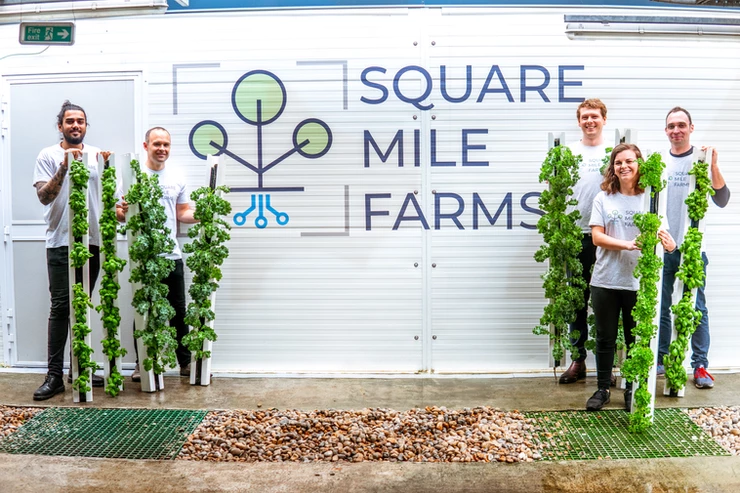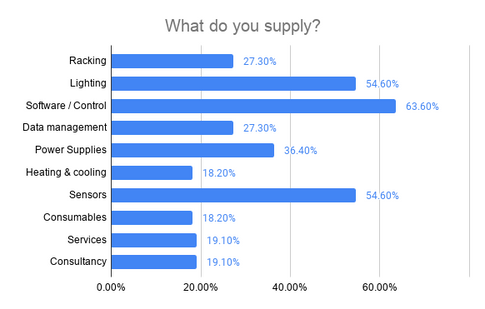
The Importance of Integration in AgriTech
In an industry that faces increasing pressure to produce more with fewer resources, integration is key to unlocking the full potential of AgriTech. Whether it’s combining automation with traditional farming practices, integrating renewable energy sources into Controlled Environment Agriculture (CEA), or ensuring financial strategies align with technological advancements, seamless connections between sectors drive innovation. Without integration, even the most advanced technology can struggle to scale or deliver meaningful impact. By fostering collaboration across industries—agriculture, technology, energy, and finance—AgriTech can become more efficient, sustainable, and accessible, paving the way for a future-proof food system.
This month, we’re excited to spotlight Jon Potter, a passionate advocate for technology integration in AgriTech. With a background in electronics distribution and a keen interest in horticultural lighting, Jon brings valuable insights into how technology can enhance agriculture, improve sustainability, and drive efficiency.
Following our recent online networking lunch on integrations in AgriTech, this discussion feels more relevant than ever, especially as Jon was so passionate about the subject despite how broad it can be. We spoke with Jon further about his journey, why the industry’s innovations had shaped his views, and how businesses can overcome financial barriers to adopting new technologies.
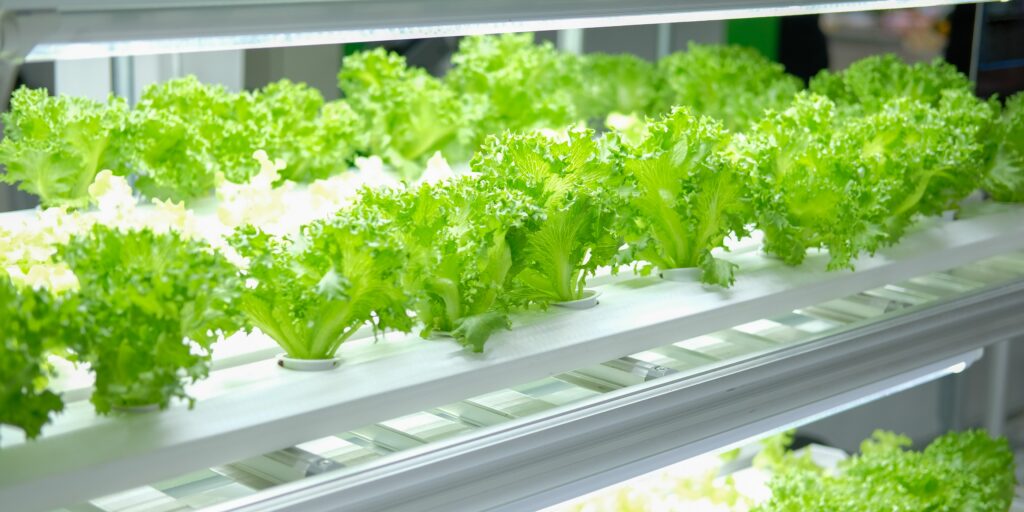
A Background in Innovation
Originally working in electronics distribution, Jon was at the forefront when high-powered LEDs first hit the market. His fascination with light—its impact on human life and now on plant growth—led him to the AgriTech industry. He has since worked with lighting companies and, more recently, as a horticultural lighting specialist. His passion for technology’s role in agriculture is driven by its potential to solve pressing global challenges such as food security and sustainability.
The Future of AgriTech
What excites Jon the most about AgriTech is its problem-solving potential. If implemented correctly, technology can revolutionise food production, making it more sustainable and efficient. He sees seamless technology integration as the key to success, drawing parallels with how GPS technology evolved from paper maps to essential tools embedded in our daily lives.
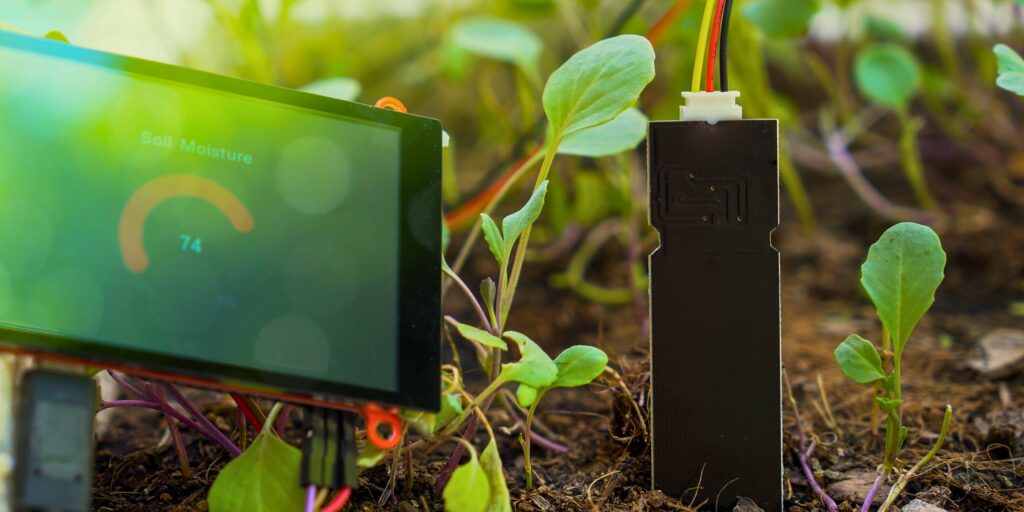
The Role of Technology Integration in Agriculture
Technology has already transformed agriculture in various ways, but according to Jon the most promising integrations right now include robotics and automation. These advancements can streamline processes, reduce human error, and improve efficiency across the supply chain.
One successful example of technology integration in AgriTech is LED lighting. By reducing energy consumption while improving crop yields, LEDs contribute to a more sustainable agricultural system. This is particularly beneficial in regions with limited sunlight, where artificial lighting can enhance production without excessive energy use.
“Just like satnav didn’t replace maps but made navigation more efficient, technology in AgriTech isn’t about replacing farmers—it’s about complementing their work” Jon said. Innovations like LEDs, automation, and data-driven farming provide tools that enhance traditional agricultural practices, making them more sustainable and productive without removing the expertise of the farmer or grower.
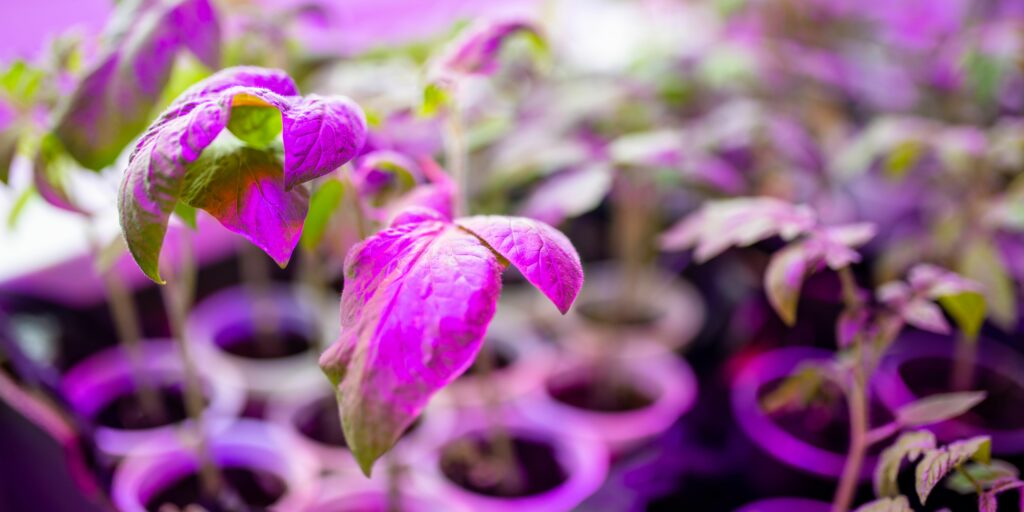
Expanding AgriTech Beyond Agriculture
Jon also believes agritech can integrate more effectively with other sectors, particularly renewable energy. Many Controlled Environment Agriculture (CEA) systems require high energy inputs, and integrating renewable sources such as solar power or utilising waste heat from nearby factories could make operations more sustainable and cost-effective.
Funding AgriTech Innovation
However, it is hard to argue that the biggest integration for CEA and agritech is technology, when cost remains the biggest hurdle. To combat this, Jon believes that business’ seeking funding must ensure the technology delivers real, measurable benefits. His advice? “Don’t just believe the hype!” – seek out real-world examples and visit successful projects firsthand before making a financial commitment. Though this doesn’t mitigate the risk completely, it can offer you and any investors some peace of mind and focus on other aspects of the business.
While he hasn’t recently encountered specific funding models, he ultimately believes the funding landscape must evolve. More success stories will be crucial in attracting both government and private sector investment. Increased visibility of effective technology integration will encourage further financial support, driving the next wave of AgriTech innovation to create a bigger, but better industry.
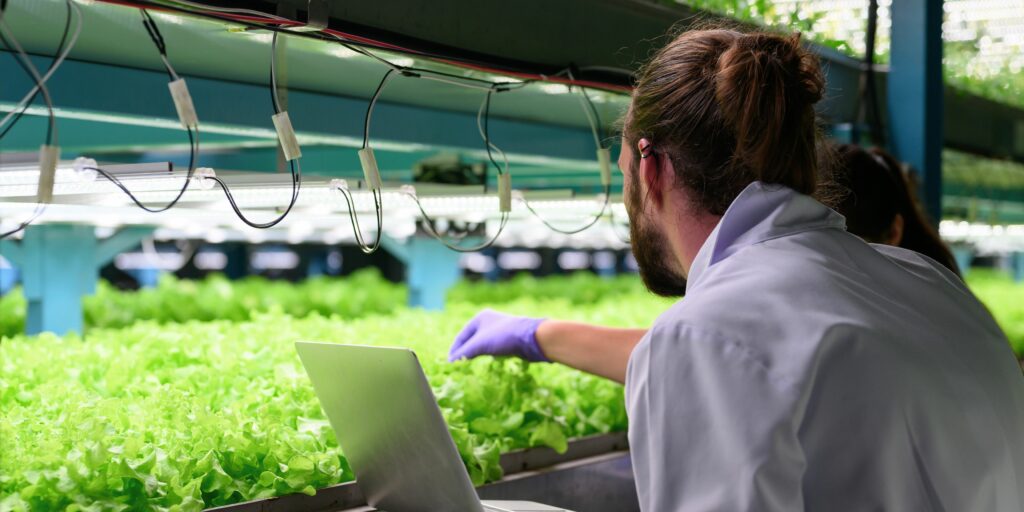
Final Thoughts
Will further technology integration replace traditional growing fields.. probably not! However, it has the power to transform agriculture to grow the industry in the UK, with seamless integration and adequate funding essential for success. With passionate advocates like Jon leading the way, the future of AgriTech looks promising. As funding mechanisms improve and technology adoption grows, we can expect to see even greater strides in sustainability, efficiency, and food security. This leaves us with the question, is technology really the integration we should be focusing on or the finance sector?
At our recent networking lunch, we explored the many ways AgriTech can integrate with other sectors. From robotics, renewable energy, society trends, financial, and so many more sectors, which integration do you think holds the most potential for the future?
Let us know your thoughts by tagging us in your post on: Linkedin @UK Urban AgriTech (UKUAT) or on Instagram @uk.uat.
by Charlotte Yare
Membership and Communications Coordinator



